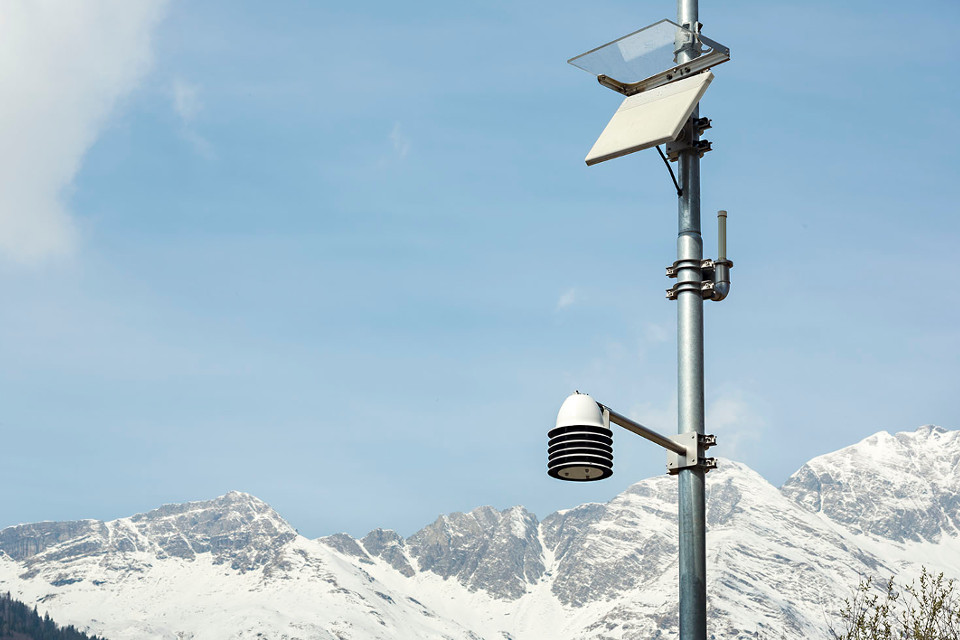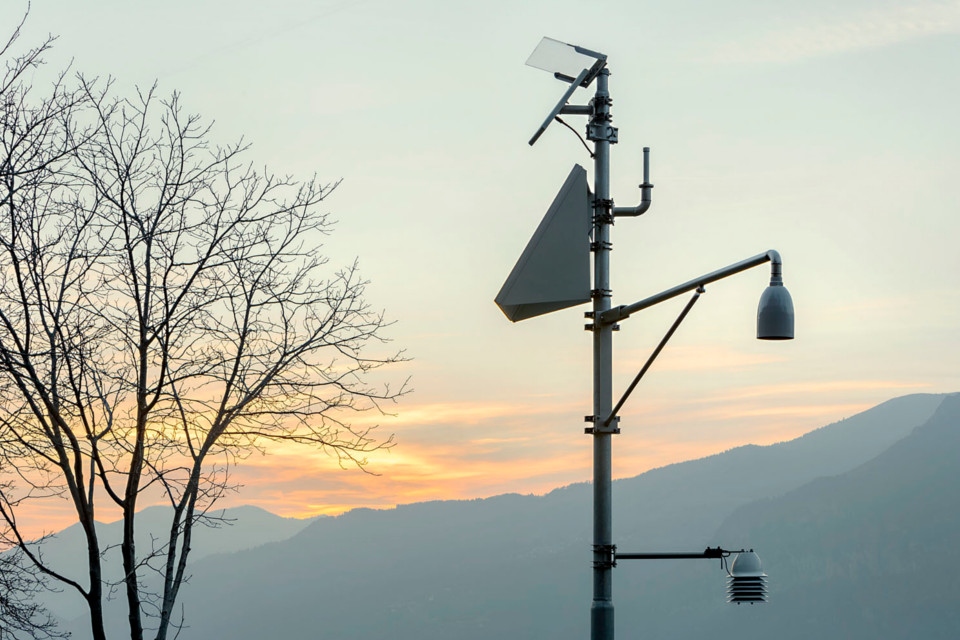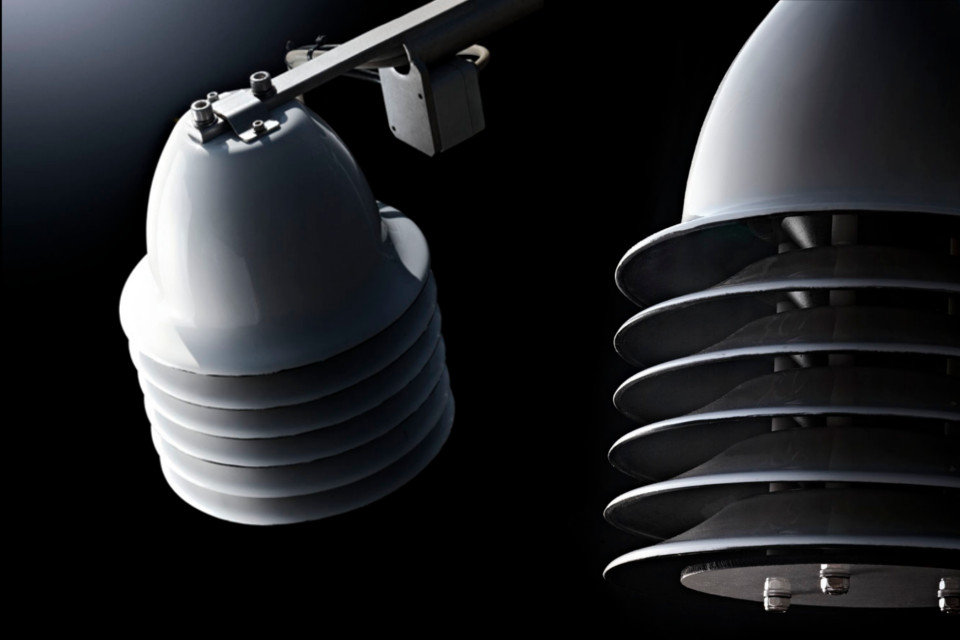The quality of measurements in the era of climate change
The effects of climate change are becoming increasingly concrete and relevant; also for this reason, quality of data is essential for models to be able to predict and mitigate the impact of any extreme social and economic event. It is therefore necessary to reduce uncertainties in the measurement of the main climatic parameters: temperature, humidity, pressure and wind speed, developing methods and techniques useful to increase the accuracy of these measurements. The effectiveness of climate models depends on the quality of the data on which they are based. In order for these to continue to be consistent and of high quality, global standards are needed in order to guarantee consistency between past and future data and between sites in extreme and non-extreme contexts.
CAE participated in the MeteoMet project funded by EURAMET, under the guidance of Dr. Andrea Merlone of INRIM (National Institute of Metrological Research). The case summaryis available on-line (Case Study) and deals with the importance of temperature measurement in extreme, high mountain environments, where a series of natural risks occur. Weather conditions influence the presence of these risks and, in order to efficiently mitigate their effects, networks of weather stations have to be implemented to monitor local conditions. In this context, the quality of the temperature data is crucial in order to predict the dangers and, for example, to assess the risk of avalanches or flooding of rivers downstream due to the rapid melting of the snow. The accuracy of meteorological station measurements can be influenced by a series of variables, including:
- location of the stations;
- design of protective shields for instrumentation.
In extreme conditions of mountain regions, the snow cover on the ground can reflect a significant amount of solar radiation on the thermometers; as a result, the measurements of the air temperature may be incorrect due to this unwanted heating effect.
The EMRP programme (European Metrology Research Programme) for EURAMET's key climate variables assessed the influences on the accuracy of weather station measurements, including the effects of surrounding elements such as trees or buildings, station housing design and other local conditions. It emerged how essential well designed solar shield is are in reducing the errors introduced by the "snow albedo" effect created by the reflected solar radiation.
The project allowed CAE to test the design of the THS thermo-hygrometer with excellent results. The instrument meets all the requirements described above, thanks to its design attention to detail, which is typical of CAEtech products: the screen has been designed not to influence the measurement based on the orientation with which it is installed. The housing structure has been designed to protect the sensor from wear caused by solar radiation and to ensure adequate ventilation, which is essential so that the measurement is not distorted by the overheating of the components. Finally, the lower protective surface is designed to improve the sensor's accuracy in environments with light reflected from below, such as snowy contexts.
All these features guarantee high measurement accuracy, even when THS is subjected to extreme temperatures, providing high quality data for the creation of effective forecasting models.
Back to the news index




